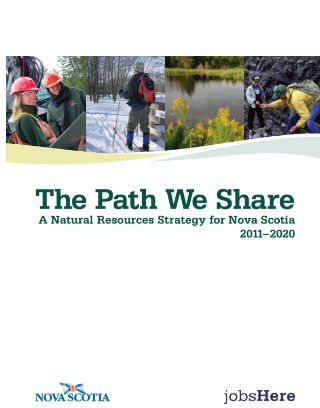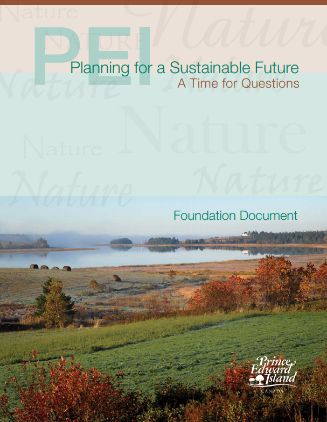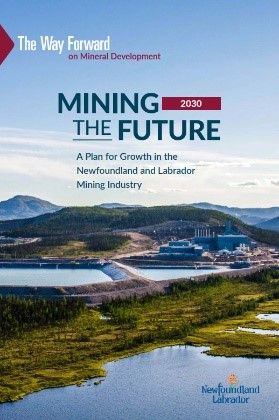- within Insurance and Law Department Performance topic(s)
- with Senior Company Executives, HR and Inhouse Counsel
- in Canada
- with readers working within the Banking & Credit, Business & Consumer Services and Insurance industries
Fasken's lawyers have begun a series on the role of critical minerals in energy transition from a Canadian perspective, bringing fresh insights on issues of mining, energy, environmental, Indigenous, climate change, tax, and national security. In the first, second, third, fourth and fifth instalments of this series, we examined the role of the Canadian federal government as well as the provinces of Québec, Ontario, British Columbia, Alberta, Saskatchewan and Manitoba. In this sixth instalment, we examine the initiatives taken by the Atlantic provinces: Nova Scotia, Prince Edward Island, New Brunswick and Newfoundland and Labrador.

Nova Scotia has a general plan, The Path We Share, A Natural Resources Strategy for Nova Scotia, 2011-2020 1, of which one chapter deals with geological resources but not specifically with critical minerals.

Prince Edward Island has an even more general plan, Planning for a Sustainable Future, A Time For Question 2, and addresses issues such as climate change and energy use but it does not address the issue of critical minerals nor minerals in general.
New Brunswick does not have a plan dedicated to critical minerals and the energy transition.

The only Atlantic province with a dedicated document on critical minerals and the energy transition is Newfoundland and Labrador. The province has released a report, Mining the Future 3, in which Premier Dwight Ball said in his introductory message that "A world of possibilities is at our doorstep because our geology positions Newfoundland and Labrador to be a global supplier of minerals, particularly while advancing a green economy." 4 He cites southern Labrador as an area for the development of rare earth elements. The paper recognizes that the world needs minerals:
An increasing population will require an increasing volume of products that require metals and minerals including cobalt for electric cars, rare earth minerals for wind turbines, copper for magnetic resonance imaging equipment, iron ore used in buildings, and nickel used in stainless steel applications. 5
The paper envisions that there will be five new mines by 2030, sustainable direct employment of more than 6,200 people in operations, doubling annual exploration expenditure to $100 million and $4 billion in annual mineral shipments. The plan includes commitments to engaging Indigenous groups in the further development of a strategy, and improving Indigenous procurement, supplier, and employment opportunities.
In the next section of this series, we will examine what the Territories, Nunavut, the Northwest Territories and Yukon have done to catalyze the exploration and production of critical minerals.
The Authors wish to thank Claude Jodoin (Tax), Janet Howard (Electricity), Allison Sears (Hydrogen), Andrew House(National Security), and Emilie Bundock (Indigenous law) for their contributions.
Footnotes
1. Available online:
https://novascotia.ca/natr/strategy/pdf/Strategy_Strategy.pdf
2. Available online:
https://www.princeedwardisland.ca/sites/default/files/publications/planning_for_a_sustainable_future_0.pdf
3. Available online:
https://www.gov.nl.ca/iet/files/pdf-wf-mining-2018.pdf
[The Newfoundland and Labrador Plan]
4. The Newfoundland and Labrador Plan, page 2
5. The Newfoundland and Labrador Plan, page 7
The content of this article is intended to provide a general guide to the subject matter. Specialist advice should be sought about your specific circumstances.





